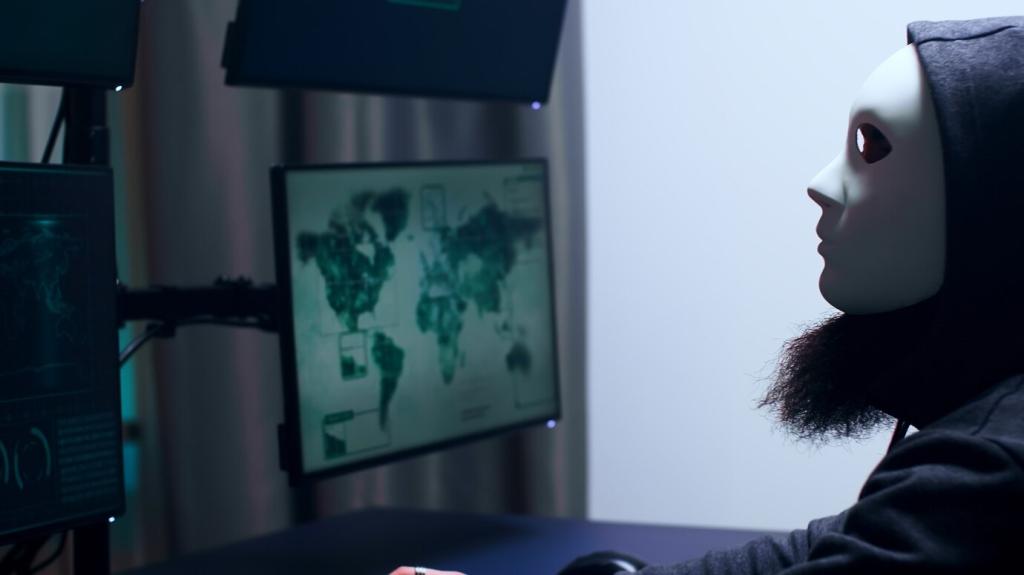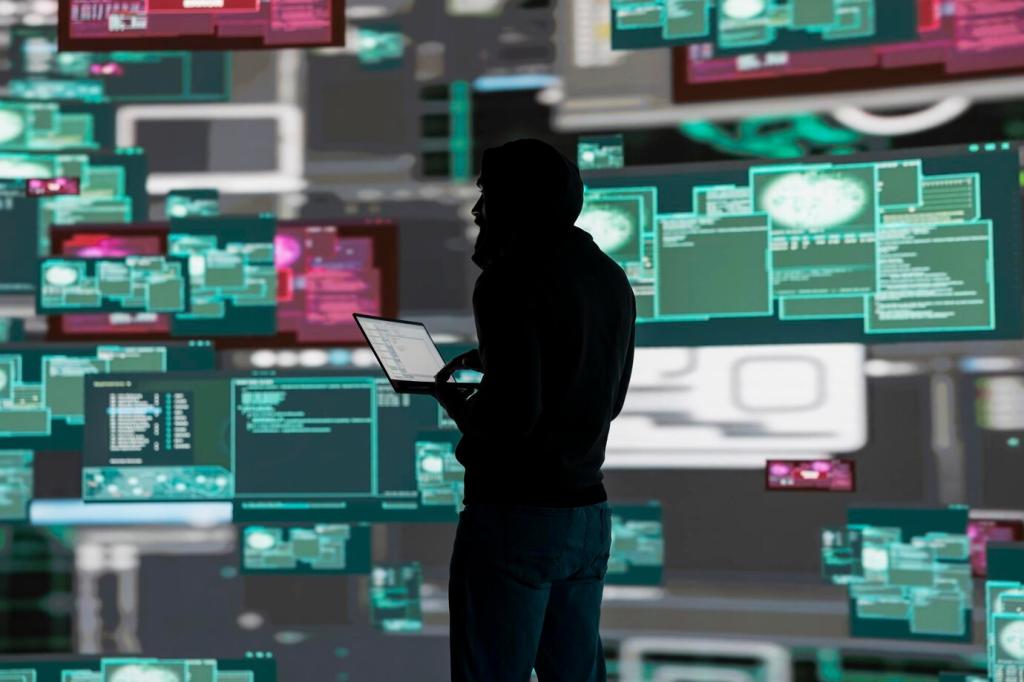Scope, Rules of Engagement, and Scope Creep
Great testers know how to stop at the boundary while still mapping threats. Techniques like threat modeling and dependency mapping reveal adjacent risk without unauthorized touching, preserving integrity and relationships while still delivering surprisingly deep insight.
Scope, Rules of Engagement, and Scope Creep
A team once found a legacy admin panel parked on an overlooked subdomain. It sat barely outside scope. They documented, sought written expansion, and ultimately prevented a critical breach—proof that curiosity plus consent beats reckless heroics.





